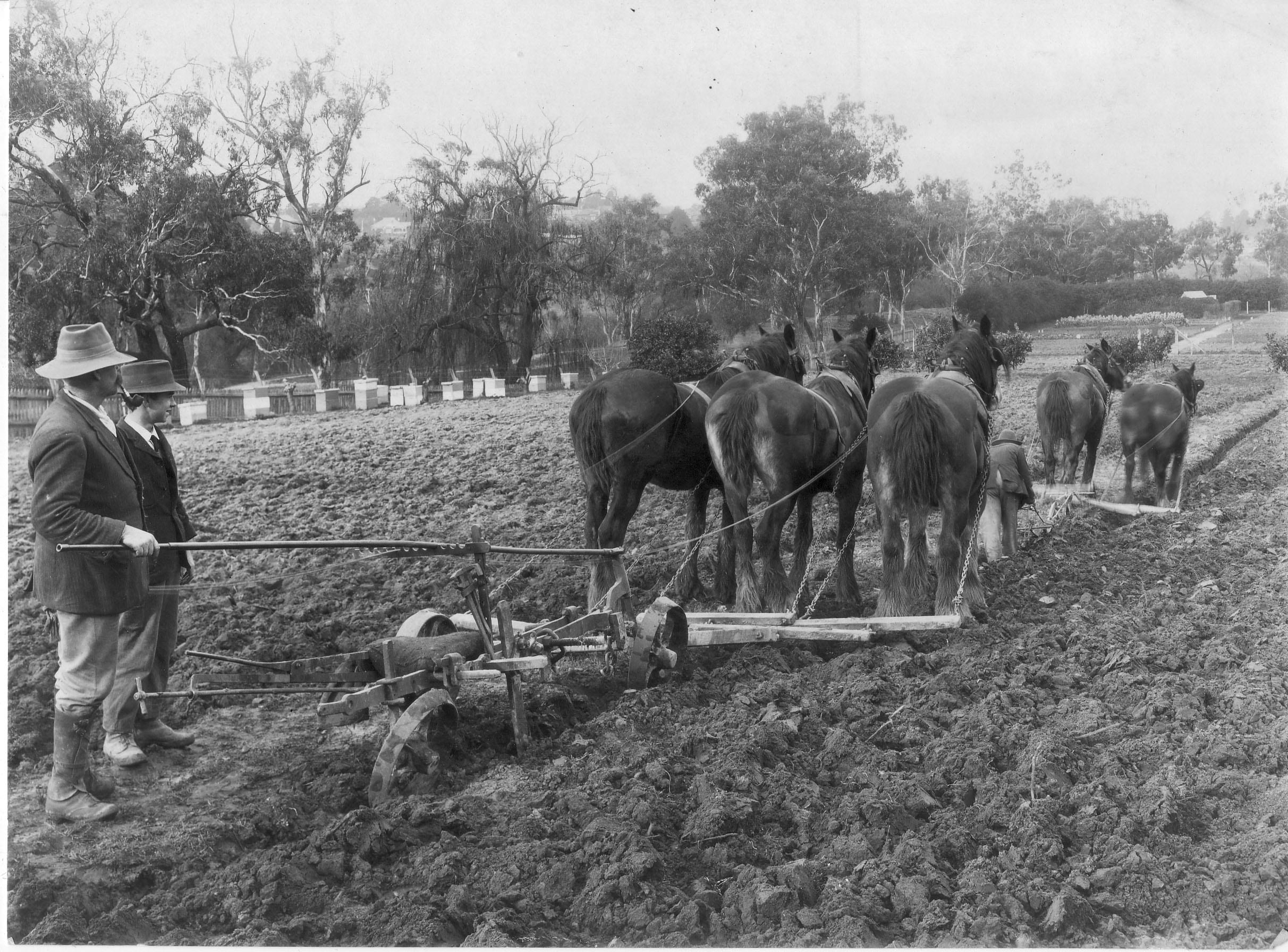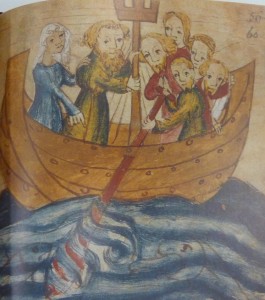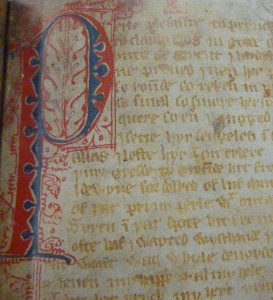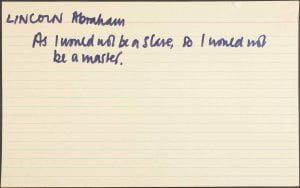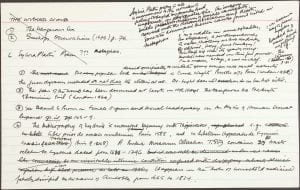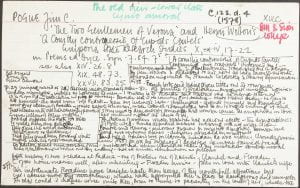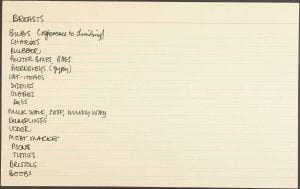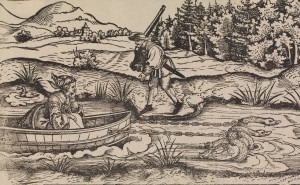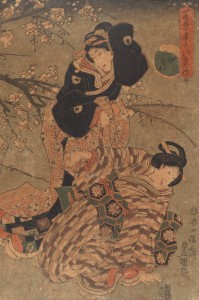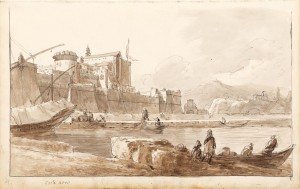Grainger Museum takes on art
The current exhibition Water, marks and countenances: Works on paper from the Grainger Museum collection, is an innovative take on two themes: portraiture and depictions of water and maritime culture.

The exhibition encompasses two galleries of the striking Grainger Museum which is located on the Royal Parade entrance to the University of Melbourne campus. The Grainger Museum collection holds more than 600 works of art and the selection of prints, watercolours, drawings and sketches in the exhibition are some of the many fascinating offerings to explore within the building. The variety of artists represented and the works of art in this exhibition range vividly from the formal to the light-hearted. Included are an abundance of portraits documenting the megastar of the stage, Percy Grainger, and even some moving examples of his own paintings and drawings of watercraft.

For more information about visiting the Grainger Museum, discovering the collection and to learn more about the current exhibition and associated programs, visit the website: http://grainger.unimelb.edu.au/home

